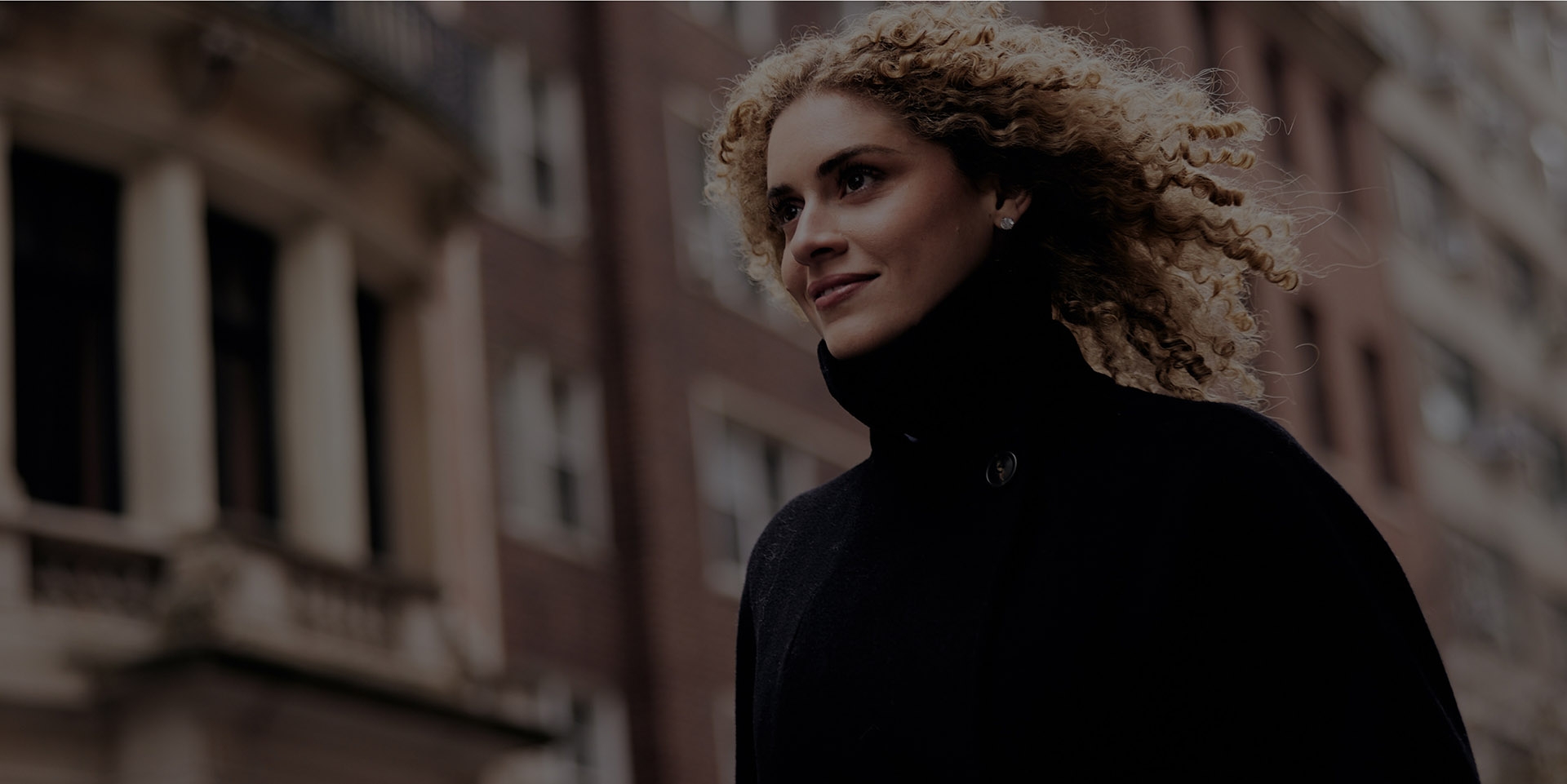For individuals with obstructive sleep apnea, CPAP therapy is often a nightly necessity—improving sleep quality, oxygenation, and overall health. However, for patients considering rhinoplasty, the continuous pressure and mask contact involved in CPAP use present unique challenges that require careful, expert planning.
Dr. Richard Westreich, a double board-certified facial plastic surgeon with more than 20 years of specialized experience, has contributed extensively to peer-reviewed research and developed advanced surgical innovations such as Foundation Rhinoplasty™. At New Face NY, our approach blends structural precision with aesthetic artistry, creating treatment plans that protect nasal form and function even under the continuous pressure of CPAP use.
Understanding CPAP-related Skin Pressure
- CPAP masks must form a tight seal around the nose and mouth
- The bony nasal bridge is particularly vulnerable, with minimal underlying tissue, making it prone to pressure-related injuries such as irritation or breakdown
- Studies show that standard CPAP masks can exert pressures exceeding 100 mmHg on the bridge of the nose—far above the threshold for soft-tissue injury
- In contrast, alternative materials like cloth-based masks reduce this risk significantly
Risks of Mask-Induced Skin Damage
Even under best practices, CPAP use may still trigger skin issues. For example:
- Dermatitis and ulcers can develop from friction, moisture buildup, or prolonged pressure—especially in newly operated nasal areas
- A quality improvement study found that CPAP use can cause pressure injuries after as little as two hours when mask pressure exceeds a specific threshold
- These skin changes can interfere with healing, compromise incision integrity, or affect final aesthetic results
Pre-Operative Checklist for CPAP Users
Preparing for rhinoplasty requires extra planning if you use a CPAP machine for sleep apnea. This checklist will help ensure your surgery and recovery are as safe and smooth as possible.
1. Medical & Airway Evaluation
- Sleep Study Review: Provide us with your most recent sleep study results, including pressure settings and mask type.
- Specialist Coordination: If needed, we’ll collaborate with your sleep medicine provider to adjust therapy before and after surgery.
- Mask Fit Assessment: Bring your CPAP mask to your pre-op visit so we can evaluate potential contact points with your nose post-surgery.
2. Pre-Surgical Adjustments to CPAP Use
- Mask Alternatives: Discuss switching to a nasal pillow, cloth interface, or lower-pressure option for early recovery.
- Humidification Settings: Ensure your device’s humidifier is functioning to reduce dryness and irritation in healing tissues.
- Cleaning Protocol: Deep clean your mask and tubing before surgery to lower the risk of infection.
3. Skin Protection & Pressure Relief
- Pressure Mapping: Identify where your mask makes the most contact with the nasal bridge or tip so we can plan protective strategies.
- Barrier Materials: Obtain silicone pads or soft dressings to place under your mask during the early healing phase.
- Backup Mask Style: Have a second mask design ready if your primary interface pressures surgical sites.
4. Recovery Planning
- Temporary Therapy Modifications: In some instances, you may need alternative oxygen delivery methods for the first week—plan this with your surgeon and sleep specialist in advance.
- Follow-Up Schedule: Expect more frequent early follow-ups so we can monitor both your nasal healing and your ability to maintain airway therapy.
- Symptom Tracking: Keep a log of any nasal congestion, skin redness, or breathing changes during recovery.
5. Lifestyle & Health Optimization
- Stop Smoking: If applicable, quit at least 4 weeks before surgery to improve circulation and healing.
- Manage Allergies: Reduce nasal inflammation pre-op by controlling environmental or seasonal triggers.
- Good Sleep Hygiene: Aim for consistent sleep patterns leading up to surgery—rest supports immunity and tissue repair.
Choose New Face NY for CPAP-Aware Rhinoplasty
Successful rhinoplasty is never one-size-fits-all—especially for patients who depend on CPAP therapy. At New Face NY, we anticipate CPAP users' unique challenges and build every surgical plan with those variables in mind.
Under the direction of Dr. Richard Westreich, we often favor approaches like Foundation Rhinoplasty™ and advanced closed methods that minimize external disruption, safeguard delicate skin, and maintain structural stability. After surgery, we provide tailored recovery plans and close monitoring to address any early signs of irritation or swelling.
By combining meticulous planning with responsive aftercare, we help CPAP users achieve aesthetically refined and functionally durable results. Contact us today to book your consultation and learn more.
Sources
- Considerations for Functional Nasal Surgery in the Obstructive Sleep Apnea Population - PubMed
- Frequently Asked Questions: Rhinoplasty Patients with OSA
- The Effect of Nasal Surgery on Continuous Positive Airway Pressure Device Use and Therapeutic Treatment Pressures: A Systematic Review and Meta-Analysis - PMC
- The Perfect Nose: Understanding Rhinoplasty | Dr. Westreich's Free E-Book
- Fan septoplasty for correction of the internally and externally deviated nose - PubMed

